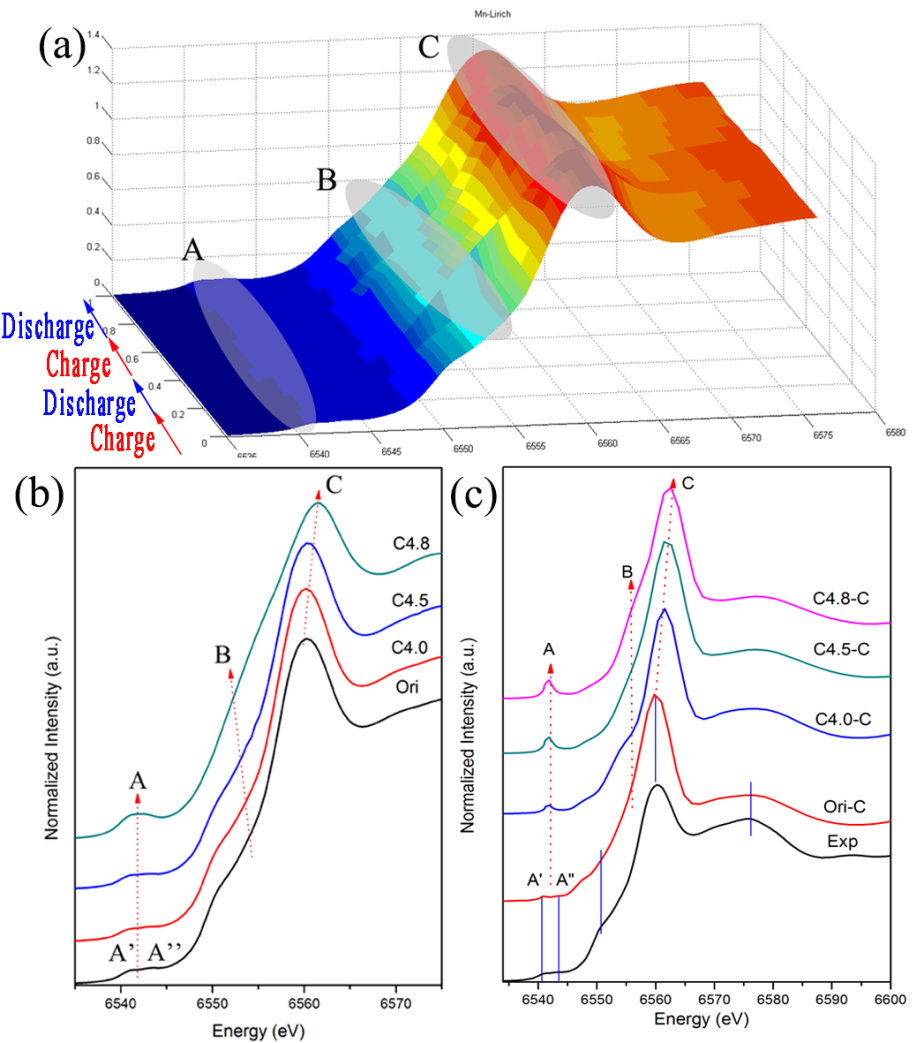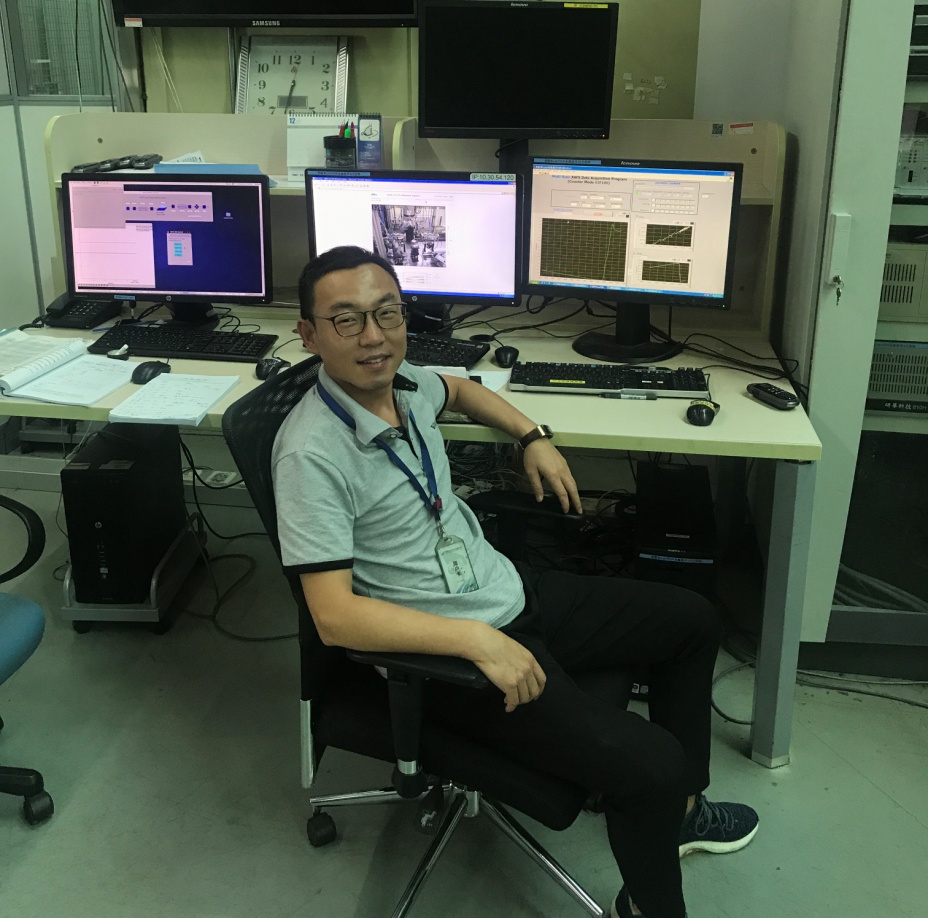Tao shi, Associate Professor, from the School of Electronic and Information Engineering recently published a paper in the internationally renowned journal " Materials Today Physics "
Tao shi, Associate Professor, from the School of Electronic and Information Engineering recently published the title " Dynamic structural evolution of oxygen vacancies in lithium rich layered composites cathodes for Li-ion batteries " in the internationally renowned journal " Materials Today Physics " (Area of SCI Division, Chinese Academy of Sciences, IF = 9.298) with the first author and Changshu Institute of Technology as the first completion unit. This study reported the oxygen-vacancies heterogeneity in 0.5Li2MnO3•0.5LiNi1/3Co1/3Mn1/3O2 (LR-NCM) during de-lithiation process via rigid structural refinements. Through the in-situ/ex-situ X-ray absorption spectroscopy (XAS) in synergy with first principles calculations, the dynamic structural (and electronic) evolution of oxygen vacancies is confirmed to be in the form of MnO2 (represents vacancy site) for Li2MnO3 component. With the formation of oxygen vacancies in Li2MnO3 component, the oxygen-vacancy-bearing structure MnO2 also play significant supporting role on its parent structure without obvious Mn ions activity. This result offers new perspectives on synergistic improvement in the electronic and structural evolution, which is the key to design high energy density cathode materials for next-generation lithium ion batteries. Thesis link:
https://www.sciencedirect.com/science/article/pii/S254252932100064X
Paper Title:Dynamic structural evolution of oxygen vacancies in lithium rich layered composites cathodes for Li-ion batteries
Journal:Materials Today Physics
Abstract:
Understanding structural evolution in lithium-rich layered oxidized composites (LLO) is fundamental to design improved cathode materials for rechargeable lithium-ion batteries (LIBs). In particular, retrieving quantitative structural parameters are essential factors to unveil the hidden phases or atomic orderings affecting the properties of LIBs. The oxygen-vacancies heterogeneity is revealed in 0.5Li2MnO3•0.5LiNi1/3Co1/3Mn1/3O2 (LR-NCM) during de-lithiation process via rigid structural refinements. Through the in-situ/ex-situ X-ray absorption spectroscopy (XAS) in synergy with first principles calculations, the dynamic structural (and electronic) evolution of oxygen vacancies is confirmed to be in the form of MnO2 ( represents vacancy site) for Li2MnO3 component. With the formation of oxygen vacancies in Li2MnO3 component, the oxygen-vacancy-bearing structure MnO2 also play significant supporting role on its parent structure without obvious Mn ions activity. This result offers new perspectives on synergistic improvement in the electronic and structural evolution, which is the key to design high energy density cathode materials for next-generation lithium ion batteries.

Figure 2. (a) In-situ Mn K-edge XANES spectroscopy for LR-NCM. (b) The experimental spectra at selected voltages. (c) The calculated XANES spectra corresponding with the experimental data in (b).

Shi Tao is an associate professor in School of Electronic and Information Engineering, Changshu Institute of Technology. He received his PhD degree in 2016 from University of Science and Technology of China. His research focuses on synthesis of novel electrode materials for application in lithium-ion batteries, sodium-ion batteries and the relationship between structure and property of electrodes using synchrotron radiation technique. As first author or corresponding author, he has published 30+ SCI papers in prestigious international refereed journals.
